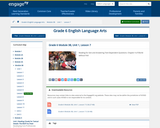
This lesson begins a two-lesson cycle during which students analyze Kurlansky’s point of view.
- Subject:
- English Language Arts
- Material Type:
- Lesson Plan
- Provider:
- EngageNY
- Author:
- Expeditionary Learning
- Date Added:
- 04/04/2014

This lesson begins a two-lesson cycle during which students analyze Kurlansky’s point of view.
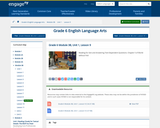
The focus of this lesson is to help students dig deep into pages 63–69 of the text by reading for the gist and answering text-dependent questions to gain a deeper understanding of the text and prepare to analyze point of view in the next lesson.

This expository text selection outlines the efforts of the Chinese people to build the Great Wall to protect them from the Mongol invaders and describes how the wall led to the eventual fall of the empire. In this CCSS lesson, students will explore this history through text dependent questions, academic vocabulary, and writing assignments.
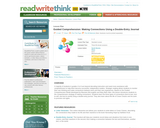
A majority of students in grades 4 to 6 are beyond decoding instruction and need more assistance with comprehension to help them become successful, independent readers. Strategic reading allows students to monitor their own thinking and make connections between texts and their own experiences. Based on the Guided Comprehension Model developed by Maureen McLaughlin and Mary Beth Allen, this lesson introduces students to the comprehension strategy of making connections. Students learn the three types of connections (text-to-text, text-to-self, and text-to-world) using a double-entry journal. They also learn about the life of Cesar Chavez and his work to promote civil rights.
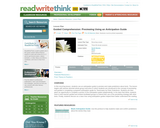
In this recurring lesson, students use an anticipation guide to preview and make predictions about texts. The lesson begins with teacher-directed whole-group instruction in which students are introduced to the concept of previewing and guided in completing a prepared anticipation guide for Teammates by Peter Golenbock. Students are then given an opportunity to complete a portion of the anticipation guide independently. In the days that follow, students work in both teacher-guided and student-facilitated groups to extend their use of the previewing strategy with other texts. Finally, students discuss as a class how using anticipation guides helped them better understand the reading.
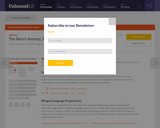
In this lesson, students will build background knowledge about the important archetype of the hero’s journey. The ultimate objective is for students to apply their new understandings to Percy’s experiences in The Lightning Thief. In part 1, students focus on just the introduction and “Act 1: Separation.”
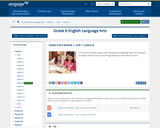
In this lesson students begin to build background knowledge about the important archetype of the hero’s journey through reading an informational article.
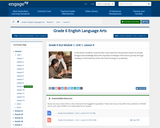
In this lesson students continue their close read from the previous lesson to include background knowledge about the important archetype of the hero’s journey through reading an informational article; this time focusing on vocabulary.

In this reflective essay, Chief Dan George compares his native North American culture with that of white culture. In this CCSS lesson, students will explore this essay through text dependent questions, academic vocabulary, and writing assignments.

In this lesson and resource, students practice identifying main ideas in informational text and distinguish between explicit and implicit statements.
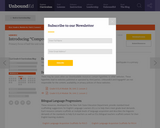
In this lesson, students will analyze the point of view of different aspects of the 1906 San Francisco earthquake in a primary source document, “Comprehending the Calamity.”

In this lesson, students will be introduced to short excerpts from the text, World Without Fish, focusing on finding the gist of an informational text and using strategies to answer text-dependent questions.
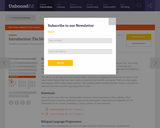
In this lesson, students will continue to discuss and analyze the Introduction of World Without Fish.

In Jackie Joyner-Kersee's autobiography, she writes of the challenges she faced early on while becoming a track and field athlete. In this CCSS lesson students will explore Jackie Joyner-Kersee's life through text dependent questions, academic vocabulary, and writing assignments.

Students will read a passage and write to answer questions about the passage. This resource supports English language development for English language learners.

Students will read a passage and write to answer questions based on the passage. This resource supports English language development for English language learners.

Students will read a passage and write to answer questions based on the passage. This resource supports English language development for English language learners.

Students will read a passage, write answers to questions based on the passage, and write to explain and justify their position. This resource supports English language development for English language learners.

Students will read a passage and write answers to questions based on the passage. This resource supports English language development for English language learners.

Students will read a passage and write to answer questions based on the passage. This resource supports English language development for English language learners.